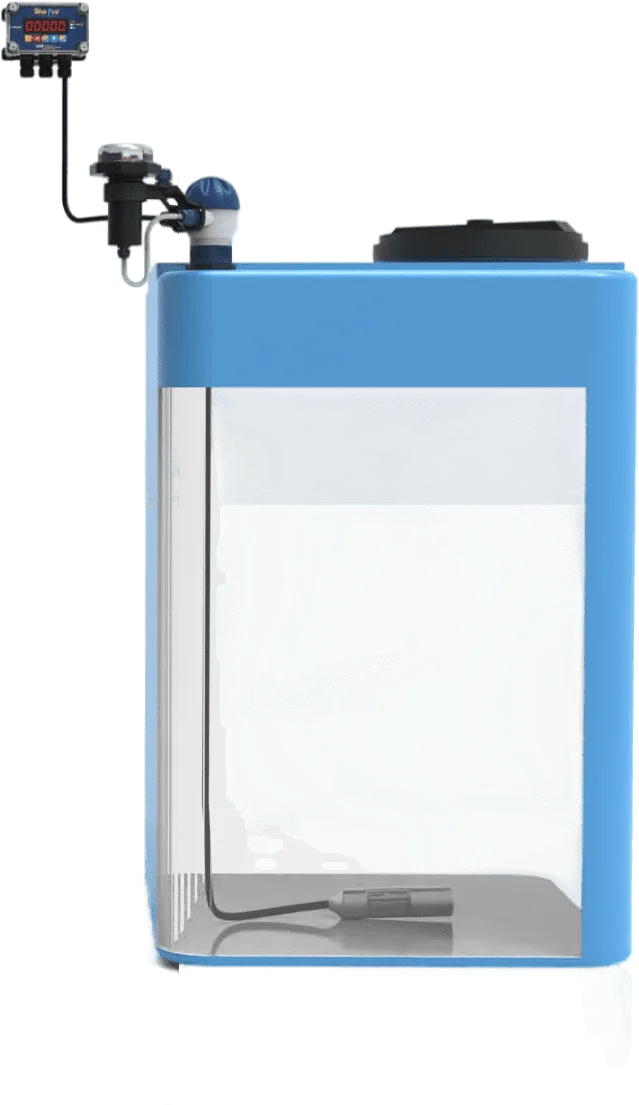Tank Level Monitoring-Benefits Of Wireless Technology

Bulk tank or mini bulk telemetry is a wireless system that controls liquid container data in remote, unstaffed areas where it would be too difficult or expensive to connect data lines. These areas include places like oil refineries and chemical storage facilities.
A typical Tank Telemetry monitoring solution provides cellular connectivity, which links liquid-level sensors deployed in industrial tanks to detect content qualities like volume or temperature with a data backend that collects and displays data. These properties include temperature and volume.
Companies that deal in gasoline, chemicals, lubricants, propane, or water treatment are the most likely candidates for customers in this industry. Tank telemetry is designed to save businesses money, time, and logistics through the use of a monitoring system that collects metrics and keeps businesses informed about their tanks around the clock, seven days a week.
So exactly how does tank telemetry work?
There are several solutions that can be installed and put to use in a matter of minutes with very little assistance needed because they are virtually “plug and play” add-ons. We need to provide some information about the tank where the sensor is installed in order to set up a sensor, which typically operates through the use of ultrasound. This information includes the height of the tank sidewalls, the diameter of the tank, the maximum capacity of the tank, and the level of the vessel when the sensor is installed.
The process control is an opening in the shape of a bolt that is sealed off with a gasket. This opening serves as the physical interface that allows a sensor to be connected to the tank. By screwing itself into place, the sensor closes off the opening in the process control.
After the device has been installed, an initial reading is taken depending on the required parameters that have been explained, and this is done prior to connecting using a cellular connection if one is available. Information can be transmitted either in real-time or on a predetermined timetable via sensors that are powered by solar energy or batteries, depending on their position.
If the sensor is powered by a finite source of energy, it will notify you when the battery needs to be changed when it detects that it is getting low on power.
The answer is dependent on two different endpoints being able to link without any difficulty. The sensors on the vessel transmit a variety of information, including:
- Information Fundamental to Asset Tracking
- Monitoring and analysis of consumption based on location
- Tank efficiency reports provide information that can be used for effective route planning in the event that refueling is necessary
- The ability to access tank information 365/ 24/7.
- Notifications and alerts of many kinds (empty/full, temperature, etc.)
- Accurate readings in real-time for both the tank level capacity and the temperature
- Building a case for tank level telemetry is relatively easy because it impacts productivity optimization and cost savings in several ways. These ways include avoiding costly run-outs that impact service, avoiding unnecessary trips to fill tanks that have enough contents, and receiving immediate alerts when levels of liquid or batteries run below a certain threshold. Building a case for tank telemetry is relatively easy because of these impacts.
Telemetry tank level monitoring also enables significant reductions in delivery miles and service downtime, a tank telemetry solution that has been carefully developed will provide an excellent return on investment in a short period of time. Problems with the machinery, such as leaks, theft, run-outs, and breaches in safety, are rapidly identified and remedied.
Learn more about Sentinel Remote Tank Level Monitoring
Please contact us to discuss your application


